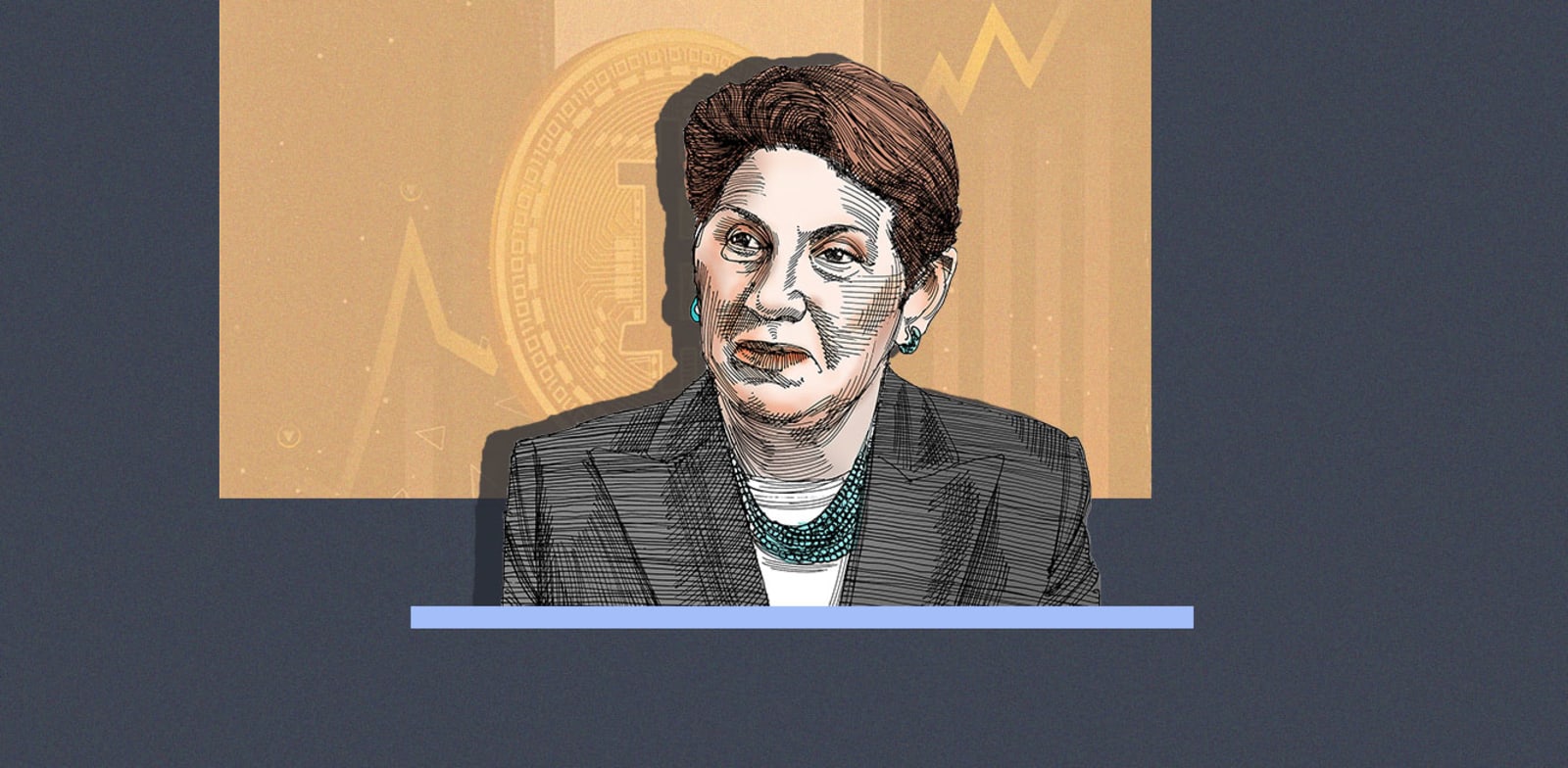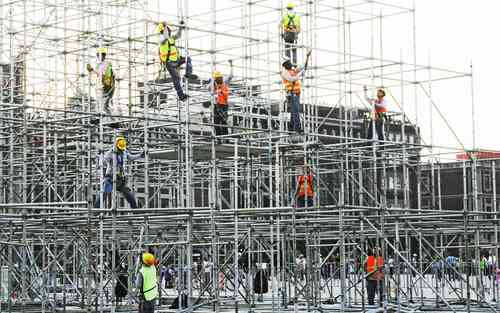The ongoing civil war in Myanmar, which began after a military coup in 2021, has caused significant economic damage to the country. Despite the three years that have passed since the coup, the situation continues to deteriorate, with a drop of 17.9% in GDP last year and only a minimal recovery of 3% this year. Projections for this year indicate that growth will be only 1%, suggesting that it could take decades for the economy to recover to pre-coup levels.
The country is currently facing several challenges, including a collapsing currency, decreasing exports, rising unemployment, and a severe humanitarian crisis with over three million people internally displaced. The situation has been exacerbated by international sanctions, poor governance, and economic mismanagement that have further weakened the Myanmar economy. The regime’s focus on military spending to maintain control has diverted resources away from essential services such as public health and education.
The value of the Myanmar kyat has depreciated by 55% against the dollar since the coup began, resulting in a banking crisis. Government-imposed currency controls have made it difficult for businesses to access US dollars for imports, aggravating food shortages by hindering importation of necessary agricultural equipment and fertilizer. In April 2022, the military government mandated the conversion of US dollar accounts into kyat at an inflated exchange rate for certified importers and made them scarce and expensive. Permission is now required to send money out of the country.
The economic situation in Myanmar is dire with nearly half of the population living below poverty line and over 18 million people requiring humanitarian assistance due to ongoing conflict and economic instability creating a grim outlook for Myanmar’s future



